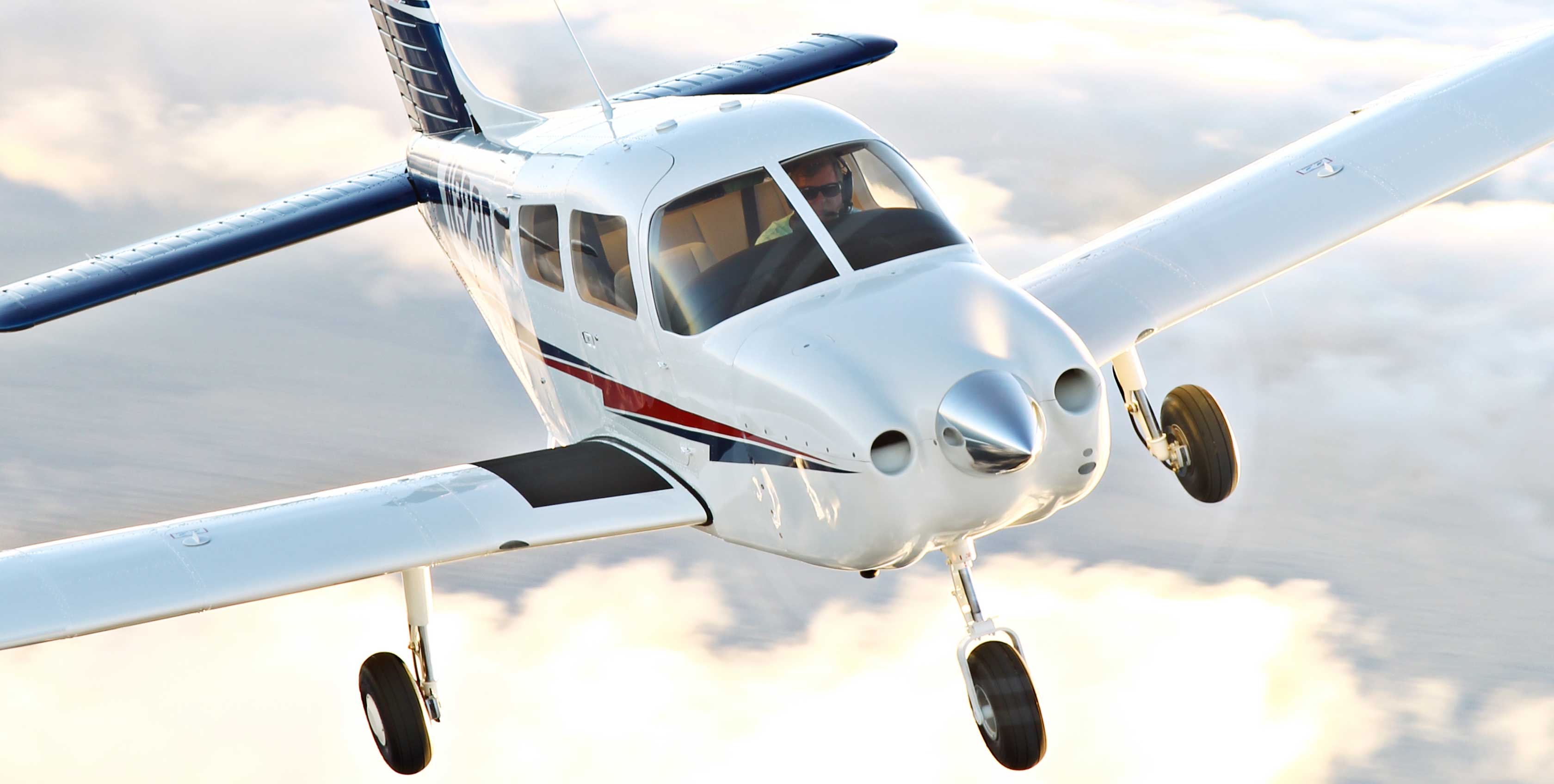How Long Does it Take to Become a Pilot? Time Requirements for Pilot Certifications in 2025
It takes three months to become a pilot and earn your private pilot license. It is important to consider the financial investment required for pilot training, as costs can vary significantly based on several factors. To become an airline pilot, it takes two and a half years to gain the required 1,500 hours flight time.
Get Your FREE Personalized Airline Pilot Training & Career Path
We’ll text you a FREE personalized training and career path — tailored to you, including:
- Projected Earnings
- Recommended Program
- Personalized Timeline
- Eligibility Checker
- Repayment Calculator
- Next Steps
Thank you! We just sent you a text with a link to your personalized airline pilot training and career path.
Help us customize your training and career path by answering just a few more questions.
Thank you! We've updated your personalized training and career path with the information you provided. View your Personalized Training and Career Path »
Want More Pilot Training & Career Info?
Get helpful emails with insights on what to expect, how to prepare, and what’s next on your path to the airlines
All set! We'll periodically send you information on ATP's programs, the career, and how you can become an airline pilot.
Becoming a Pilot
Becoming a pilot is a challenging and rewarding career path that requires a significant amount of time, effort, and dedication. The journey to becoming a pilot involves meeting the requirements set by the Federal Aviation Administration (FAA) and completing a flight training program. This journey includes both in-flight and ground school training, covering essential aviation knowledge and practical flying skills. Depending on individual circumstances, the process can take several months to years to complete. However, the end result is a rewarding career in aviation, where you can experience the thrill of flight and the satisfaction of mastering complex technical skills.
Pilot Certification Levels
There are several levels of pilot certification, each with its own set of requirements and privileges. Understanding these levels is crucial for anyone aspiring to fly professionally:
- Private Pilot Certificate: This is the first step towards becoming a commercial pilot. It allows pilots to fly for personal use, carry passengers, and operate under visual flight rules (VFR). It’s the foundation upon which all other certifications are built.
- Commercial Pilot Certificate: This certification allows pilots to fly for hire, opening the door to various commercial flying jobs such as charter flights, crop dusting, and aerial photography. It requires more advanced training and a higher level of proficiency than the private pilot certificate.
- Airline Transport Pilot (ATP) Certificate: The ATP certificate is the highest level of pilot certification. It is required for pilots who want to fly for a major airline. This certification demands extensive flight experience and a deep understanding of aviation regulations and procedures.
Each certification level builds on the previous one, progressively increasing the pilot’s skills, knowledge, and opportunities in the aviation industry.
Get a FREE Personalized Training Plan »
Pilot Training
In ATP's fast track, Airline Career Pilot Program, gain the flight training you need for your private pilot license and become a pilot in as little as three months. Student pilots must master basic maneuvers such as safe takeoffs, landings, and maintaining control of the aircraft to earn their certificate. In the next nine months, you will earn your commercial pilot certificate and flight instructor certificate — making you ready to start a career flying as a commercial pilot.
| Starting from Zero Time | Starting with Credit for Private | |
|---|---|---|
| Private Pilot | 3 Months | |
| Commercial Pilot & Instrument Rating | 4 Months | 4 Months |
| Certified Flight Instructor & Multi-Engine Rating | 2 Months | 2 Months |
| Total Duration | 12 Months | 9 Months |
Many factors such as local weather, winter conditions, examiner availability, as well as your dedication, availability, and ability to absorb information quickly can affect your training timeline and can lengthen the duration of your program. While ATP does not guarantee program completion time, our nationwide network of resources, training centers, aircraft and examiners works to lessen the impact of delays.
Acquiring the necessary skills, including both technical knowledge and practical abilities, is essential for safe flying and career advancement in aviation.
Commercial Pilot Certification
To become a commercial pilot, one must meet the stringent requirements set by the FAA and complete a training program. The key requirements for obtaining a commercial pilot certificate include:
- Age: You must be at least 18 years old.
- Medical Certificate: A valid FAA medical certificate is required to ensure you meet the health standards necessary for flying.
- Knowledge and Practical Tests: You must pass a written knowledge test and a practical test, which includes a flight test with an FAA examiner.
- Flight Time: A minimum of 250 hours of flight time is required, including 100 hours as pilot-in-command and 50 hours of cross-country flight time.
- Instrument Rating: Holding a valid instrument rating is essential, as it allows you to fly in a wider range of weather conditions and is a prerequisite for many commercial flying jobs.
Meeting these requirements and obtaining a commercial pilot certificate is a significant milestone in your journey to becoming a professional pilot. It opens up numerous opportunities to fly professionally and gain the experience needed to advance to higher levels of certification, such as the airline transport pilot certificate.
How much does flight school cost?
ATP quotes prices based on realistic flight time requirements, providing up-front, fixed-cost pricing for becoming a pilot. Understanding the financial investment involved in pilot training is crucial, and prospective pilots should explore different financing options to manage the costs.Flight Time Requirements
The FAA requires 1,500 hours to fly as an airline pilot, which can be earned in two and a half years. Logging flight hours is a critical requirement for aspiring pilots to meet both private and commercial flying standards.
| Total Hours Required | |
|---|---|
| Private Pilot License | 40 Hours |
| Commercial Pilot Certificate | 250 Hours |
| Airline Transport Pilot Certificate | 1,500 Hours |
For those aspiring to work for commercial airlines, becoming airline transport pilots requires meeting specific age, certification, and flight hour requirements.


